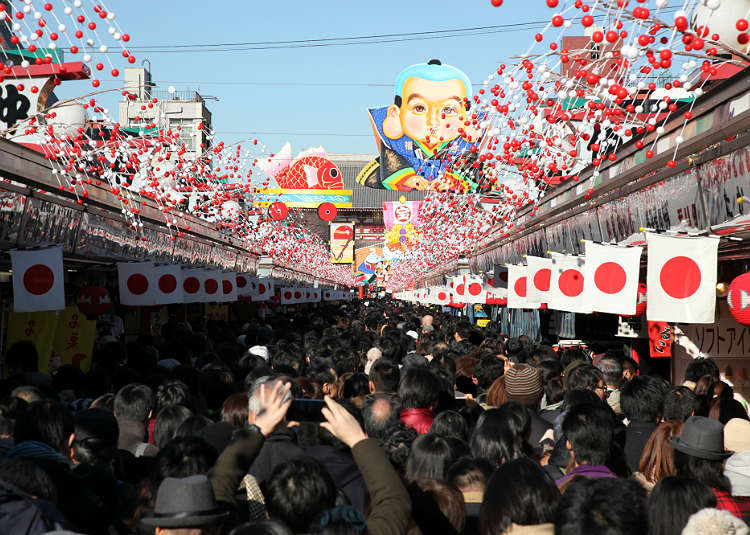
Asakusa and Ueno are must-see places when sightseeing in Tokyo. Here, we will introduce Asakusa and Ueno, where you can delve into the traditions and history of good old Japan.
Overview of Asakusa and Ueno
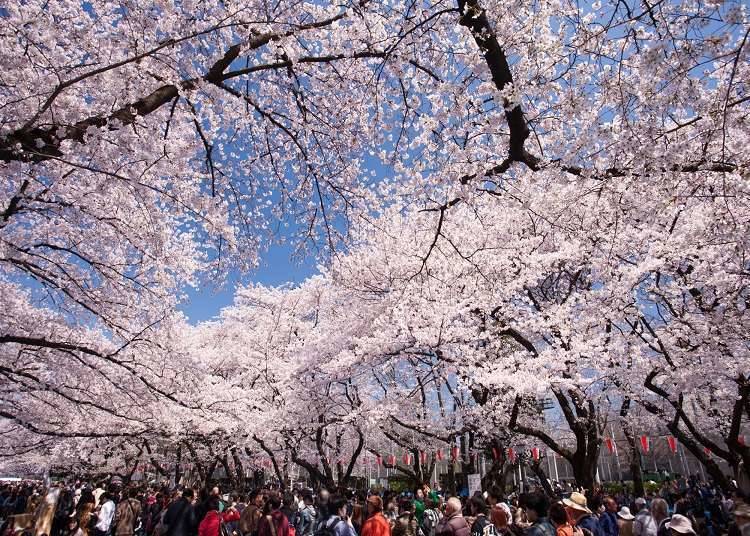
Asakusa and Ueno are popular among tourists. They have many aspects such as temples and streets with the time-honored elegance of Japan and an area with a chain of museums that expose you to the art. The number of tourists increases year by year, so they are making more facilities for tourists.
The origins of Asakusa
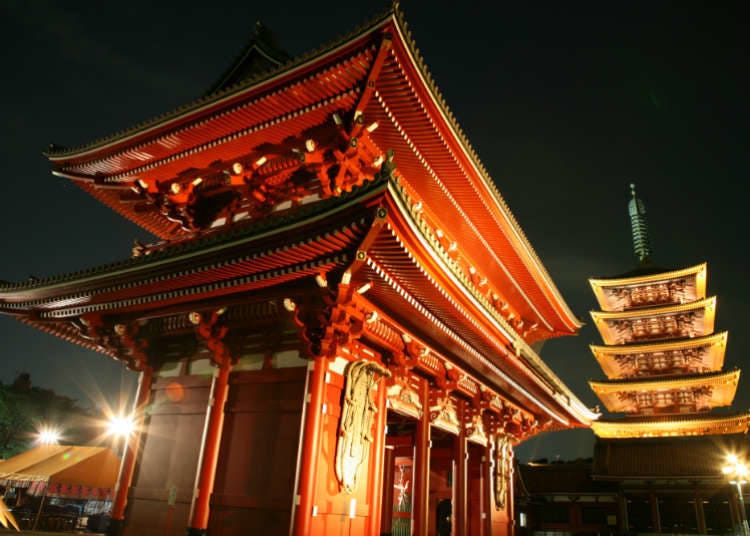
In around 1590, Edo was constantly expanding due to land-reclamation. The east of Asakusa used to be part of the sea, until Tokugawa Ieyasu, the founder of the Edo shogunate, made this place a harbor for the transportation of goods. This helped Asakusa flourish, and shops and warehouses for storing rice were made. It became a town where people, goods, and money flowed in. It suffered great damage during the Great Kanto earthquake and World War II, but was reconstructed impressively. While maintaining its atmosphere of the past, Asakusa has also seen various developments.
The origins of Ueno
Tokugawa Iemitsu, the third Shogun of the Edo Shogunate built a temple to house the tomb of the Tokugawa shogun family. The tombs of famous shoguns are kept here, and the temple is thus protected with great care. The area flourished, and came to be called Ueno. Cherry trees were planted around the temple, and cherry blossoms can be sighted in spring, making Ueno a popular site for cherry-blossom viewing even now.
The history of the development of Asakusa and Ueno
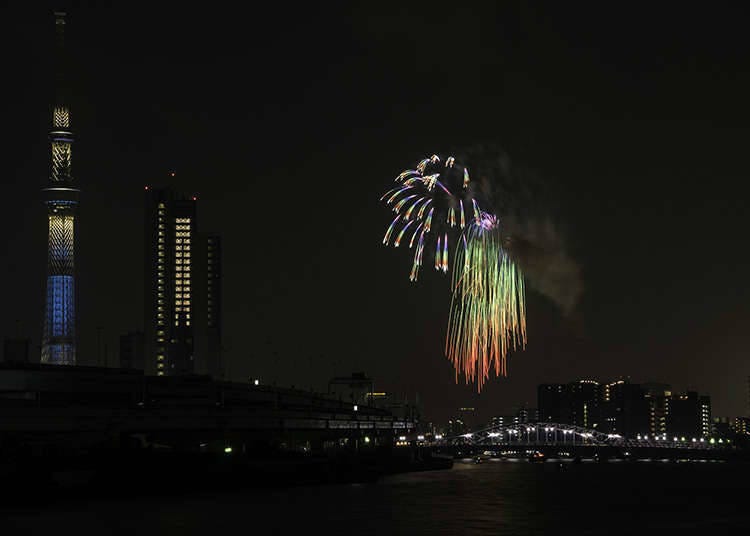
Ueno's development first started when a station was constructed for the transportation of goods and mail. After which, the subway linking Ueno with Asakusa started running, and Asakusa saw an increase in the number of visitors. After the war, its development slowed down temporarily, but the number of tourists began rising again, boosting further development of Asakusa and Ueno without losing its atmosphere from the old days.
Enjoy Asakusa and Ueno with its accessibility
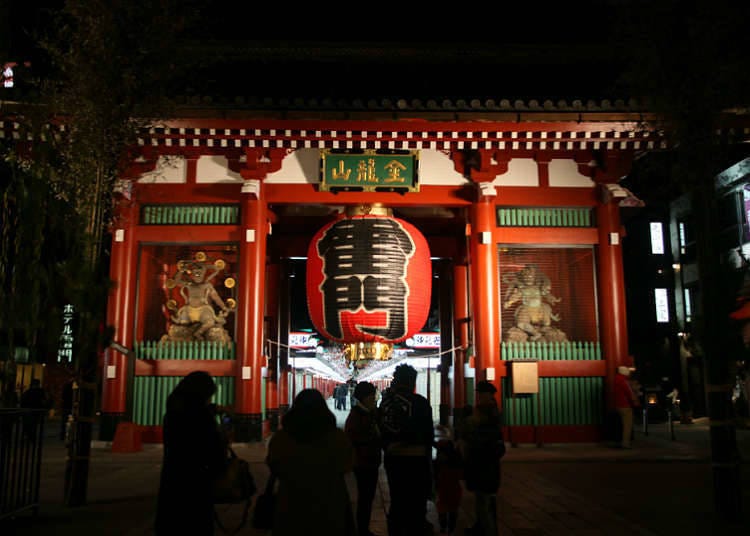
Ueno station is a huge station with major lines passing through. Naturally it attracts many people and the town developed around the station. There is a big park close to the station, which is home to art galleries and museums, thus attracting even more visitors. In Asakusa, attractions such as "Sensoji temple" are located close to the station, and you can visit various sightseeing spots within a few minutes on foot.
Flourishing public entertainment in Asakusa and Ueno
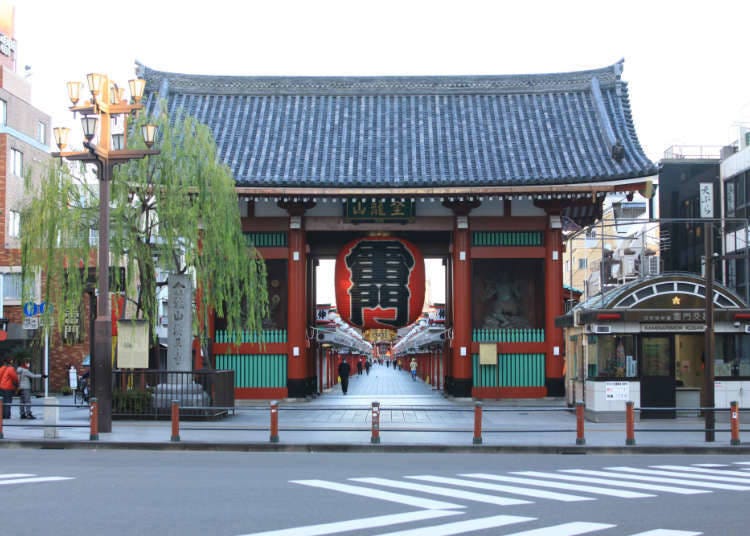
Asakusa developed as the hub of public entertainment with the building of playhouses, teahouses, and people who were pursuing their dream of being entertainers moved here as well. In 1907, the first movie theater was built here, and films and plays started gaining popularity. Also, Ueno is home to the oldest theatre in Japan. Many people, regardless of age or gender come to enjoy the rakugo-ka's (Japanese-style storyteller) rhythmical stories. Asakusa and Ueno also have many tourist attractions, including cheap local restaurants and temples, which will definitely be a place for you to make great memories of traditional and modern Japan.
- Area
- Category
*Prices and options mentioned are subject to change.
*Unless stated otherwise, all prices include tax.
Popular Tours & Activitiess
Recommended places for you
-

The Tokyo Station Marunouchi Building
Landmarks
Tokyo Station
-

ANO-NE Kids Club
Other Sightseeing
Ginza
-

Ueno Zoo (Ueno Zoological Gardens)
Zoos, Aquariums & Botanical Gardens
Ueno
-
Events

Tokyo Tower
Landmarks
Roppongi
-

The Imperial Palace
Other Architecture
Tokyo Station
-

Ameyoko Shopping Street
Old Towns (Shitamachi)
Ueno
-
Ad

Preserving the Beauty of World Heritage Site Shirakawa-go for the Future Through Responsible Travel
-

Simply Oishii Wagashi School Discover Japanese Culture Through Wagashi: A Hands-On Experience!
by: Guest Contributor
-
Ad

(Opening in Jan 2026) 'THE SUMO LIVE RESTAURANT HIRAKUZA GINZA TOKYO!' 5 Exciting Ways to Experience the World of Sumo!
-

[Extended Offer!](12% OFF KKday Coupon) Mt. Fuji Autumn Leaves, Powder Snow & More! 15 Best Tours to Experience Japan in Fall & Winter
-

The Best Japanese Food Representing 2025! 'Dish of the Year®' Annual Award Results Announced
-

Keisei × Keikyu 16-Temple Goshuin Tour: Discover Deeper Tokyo & Yokohama
by: Guest Contributor
Inspiration for Accommodations
-

Enjoy Mt. Fuji from the Comfort of Your Room! Recommended Ryokan with Mt. Fuji View
-

Stay Near the Cherry Blossoms! Hotels for Cherry Blossom Viewing in Tokyo
-

Family-Friendly Hotels with Free Shuttle to Disneyland: Convenient Access for a Magical Stay
-

Top Ranked Hakone Hotels with Mt. Fuji View: Enjoy Stunning Scenery from Your Private Space
-

Convenient Tokyo Hotels with Airport Shuttle: Ideal for Families and Heavy Luggage
-

Stunning Tokyo Tower View Hotels: Enjoy Spectacular Scenery from Your Private Space
-

Convenient Asakusa Hotels with Kitchens: Ideal for Extended Family Visits
-

Experience Luxury: Hakone's 10 Best Five-Star Accommodations
-

Enjoy Mt. Fuji Autumn Leaves! Top Hotels Near the Popular Autumn Leaves Corridor
-

Experience Hakone Fall Foliage from Your Room with Stunning Views
-

Tokyo Roppongi|Roppongi Station Area Map & Sightseeing Information
-

Exploring Tokyo Station: 11 Must-Visit Spots Around the Heart of Tokyo
-
Ad

Spring in Taito: Home to Ueno & Asakusa! Step off the beaten path and curate your perfect 1-day itinerary
-

Tokyo Station Top 10 Sweets Ranking!
-

Golden Gai – Tokyo Shinjuku’s Atmospheric Bar Wonderland and the Secrets Behind its Magic
-

Sunshine City in Tokyo's Ikebukuro: Deep Dive into Popular Spots for Dates, Family Fun & More!
by: Shunichi Takano
- #best ramen tokyo
- #what to buy in ameyoko
- #what to bring to japan
- #new years in tokyo
- #best izakaya shinjuku
- #things to do tokyo
- #japanese nail trends
- #what to do in odaiba
- #onsen tattoo friendly tokyo
- #daiso
- #best sushi ginza
- #japanese convenience store snacks
- #best yakiniku shibuya
- #japanese fashion culture
- #best japanese soft drinks












